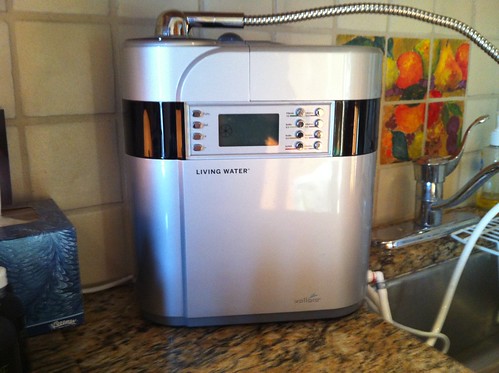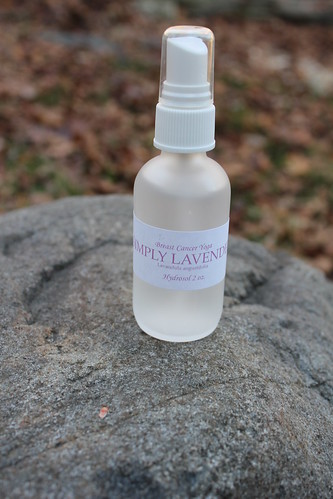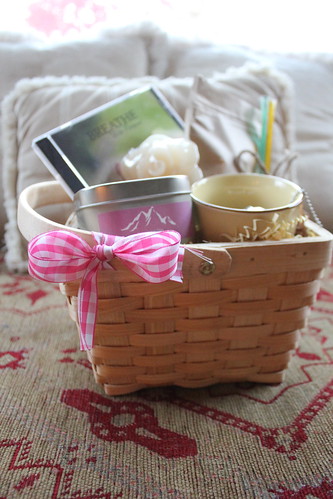By Michael Grodsky, founder, HealthInsuranceForArtists.com
 In January 2014 the Affordable Care Act will require insurers to cover more mental health services in all health plans, benefits that are currently mandated only in health plans offered by large employers. LA Times reporter Noam Levy writes ”that among the biggest barriers to treatment have been cost and limits placed on care by insurance companies.” (Noam Levy, 1/19/2013, Obama intends to fix holes in mental health coverage; www.latimes.com)
In January 2014 the Affordable Care Act will require insurers to cover more mental health services in all health plans, benefits that are currently mandated only in health plans offered by large employers. LA Times reporter Noam Levy writes ”that among the biggest barriers to treatment have been cost and limits placed on care by insurance companies.” (Noam Levy, 1/19/2013, Obama intends to fix holes in mental health coverage; www.latimes.com)Acronym & Vocabulary Lesson!
• CPT code = Current Procedural Terminology Code (also known as a billing code).
• UCR rate = usual, reasonable, customary rate for a treatment in a given geographic area.
• EOB = Explanation of Benefits (sent by insurance company to show who paid what).
Client Case Study
The treatment facility and doctor were not in-network with any insurance plan, but the family’s PPO policy covered 50% of the UCR cost up to 20 days per year. From a conversation with the insurer’s representative we learned the UCR rate for CPT code 90808* (not a zip code!) was $375, meaning the insurance company’s 50% share would be about $187 per day after Oliver’s $2,000 non-network deductible was met. *CPT code 90808 = Outpatient Individual medical psychotherapy, 75 – 80 minutes
Yet when the EOB was mailed to Josh, he discovered the insurer’s covered amount per treatment was $137, not $375, of which the insurer paid only half ($69 per day). Did the medical provider incorrectly label the billing code as an office visit instead of “individual medical psychotherapy?”
As of this writing, the insurer has paid only $788 of the $24,173 bill. The issue of what is the correct reimbursement amount ($375 or $137) has not been resolved. It remains to be seen if credit for four treatments per day will be allowed. To be fair, the insurer was not initially provided with the correct number of treatments. And the underlying problem, how to effectively access mental health benefits, is not something you can blame the insurer for because is competing in the individual and family marketplace with all other insurers.
Author Bio
Michael Grodsky, AIF, is founder of Aquarius Financial & Insurance Services, providing unbiased education and access to health insurance for Californians. He is a board member of Side Street Projects, a non-profit artist-run organization, and is an insurance and financial planning specialist for GYST, an artist-run company providing information and technology solutions for artists. Michael’s Health Insurance 101 workshops have been hosted by non-profit organizations throughout Los Angeles County. He leads the ‘Health Insurance 101’ monthly informational workshop at the Cancer Support Community-Benjamin Center.
















Easy Twist Benefits For Breast Cancer
Because of the concentration required - this pose will elevate stress brought on by breast cancer treatments
Aids lymphatic drainage
Specific for Lymphedema
Increases calm